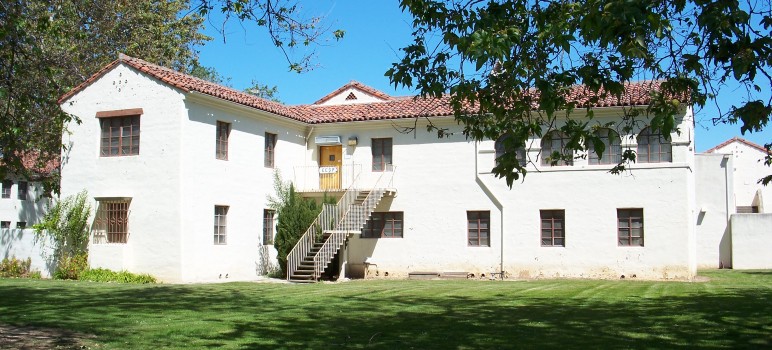I have previously written about the new paradigm in which city and county governments operate. They have less money, but citizens still expect the same level of services. The only way to survive is to figure out a way to maintain and even expand services through creativity.
For San Jose’s Department of Parks Recreation and Neighborhood Services (PRNS), that means finding partners to share expenses, add value and help accomplish the goals and objectives. The city has about 3,000 acres of parks and 55 miles of trail. This summer San Jose broke ground on a very large parcel of land that will add 26 acres to the city’s inventory. Through a dynamic and creative partnership with Santa Clara Unified School District, San Jose was able to jointly purchase the former Agnews Developmental Center property in San Jose.
The 81-acre site will be divided into a 21-acre park and a larger school site that includes both a kindergarten through 8th grade school, and a high school. The combined use makes it possible for both partners to fulfill their desires for expansion. It would not have been possible without acting jointly to secure the purchase.
I applaud their creative thinking. I have followed the progress through PRNS executive Matt Cano, one of the principal people involved in this endeavor who is also an ex-officio PRNS representative on the San Jose Parks Foundation board. We will likely see more of these kinds of partnerships in the future. Matt is becoming a key player in such collaborations, like the next one.
The second partnership for PRNS is with San Jose Unified School District. The partnership is for soccer fields to be located at Allen at Steinbeck School in South San Jose. The collaboration between PRNS and San Jose Unified School District took place over the last few years. PRNS needs more soccer fields and there was an opportunity to build one or two fields at the Allen at Steinbeck location.
The school district had the land but lacked funds to build fields. A deal was struck, whereby the fields are used by Allen and Steinbeck students during school hours and belong to PRNS for community use outside of school hours. The idea was solid, but the funding for the fields was not as robust after the 2008-2009 recession, so things slowed down.
What makes this partnership of special note is that an extraordinary citizen made the project possible by making the largest donation ever to the city of San Jose. Patty O’Malley donated more than $4 million to make certain that two fields could be built. A soccer player and mother of soccer players, she understood the need for more fields. The Patty O’Malley Community Fields opened this summer. I congratulate and thank her for stepping into this partnership to give our city a great gift that will last for decades.


Mr. Reber tells us that a $4million private donation covered only part of the cost to build two soccer fields, but doesn’t tell us what percentage of the cost was covered by the $4million. A soccer field requires level grading, perhaps some soil amendments, and sod. Only in a public project can that cost more than $4million. Little wonder we’re broke!
> Only in a public project can that cost more than $4million. Little wonder we’re broke!
No land cost. No buildings. The parcel already was a flat athletic field with grass.
So, how can it cost MORE THAN $4 million to make a flat athletic field with grass into a flat soccer field with grass?
I think local governments are coming to the conclusion they can’t make money, so they must just build more hoping it will offset the loss. Not sure it works but they sure are building more and more.
Whenever a government entity is the owner or facilitator of a job, the cost quadruples, even if the actual work is performed by a private sector business. Reversing that condition could lead to perpetually balanced budgets.
Where have all the people who were being treated there go? Never mind, I see them in the Jungle and wandering our residential streets.
We don’t need another soccer field… we need mental hospitals!